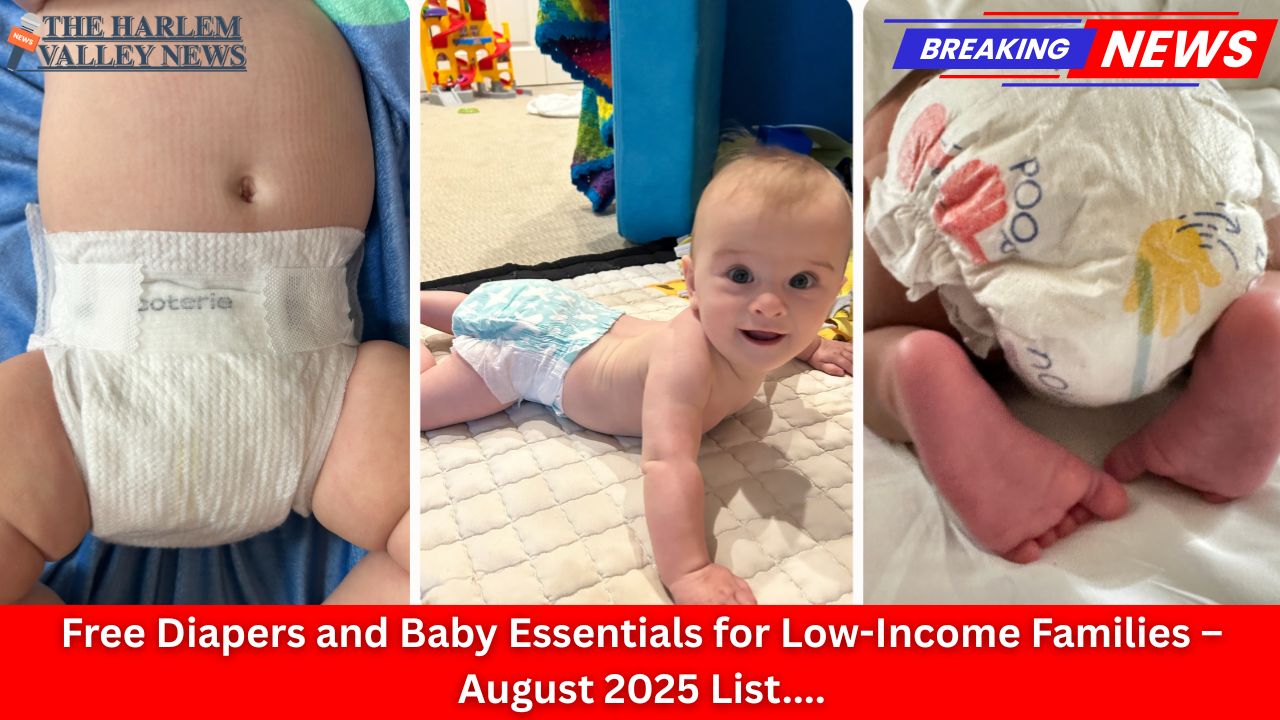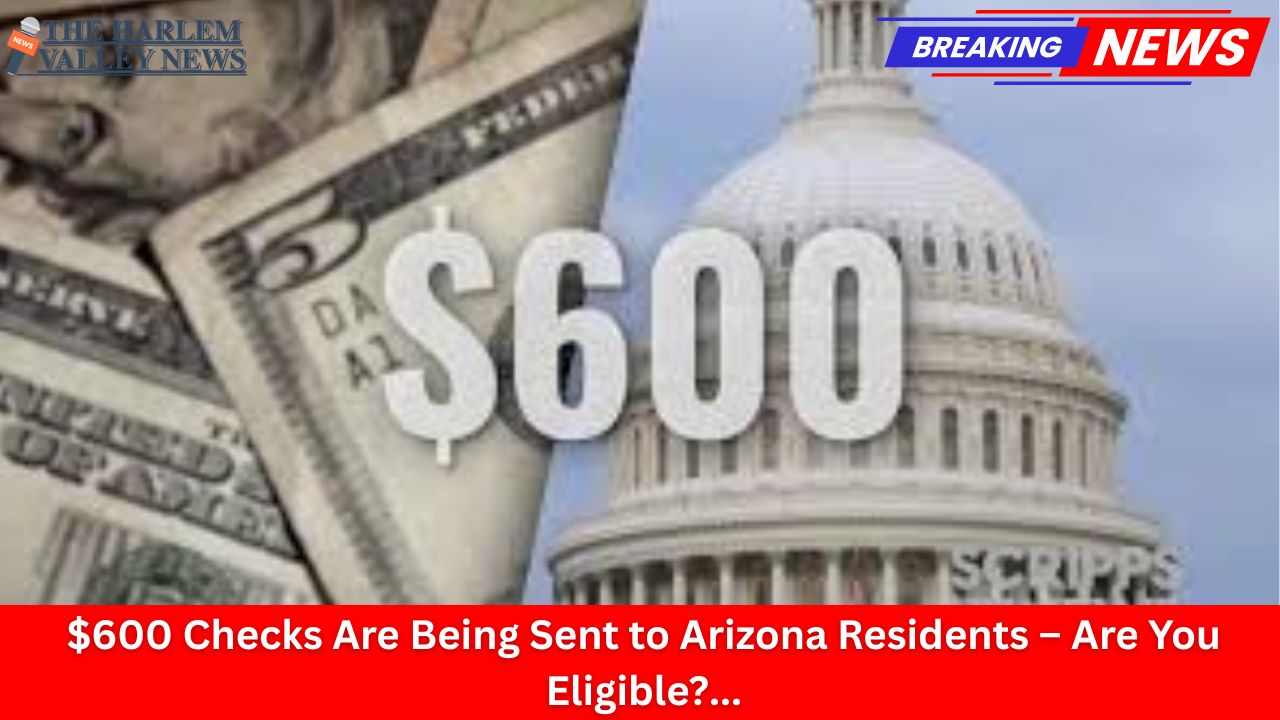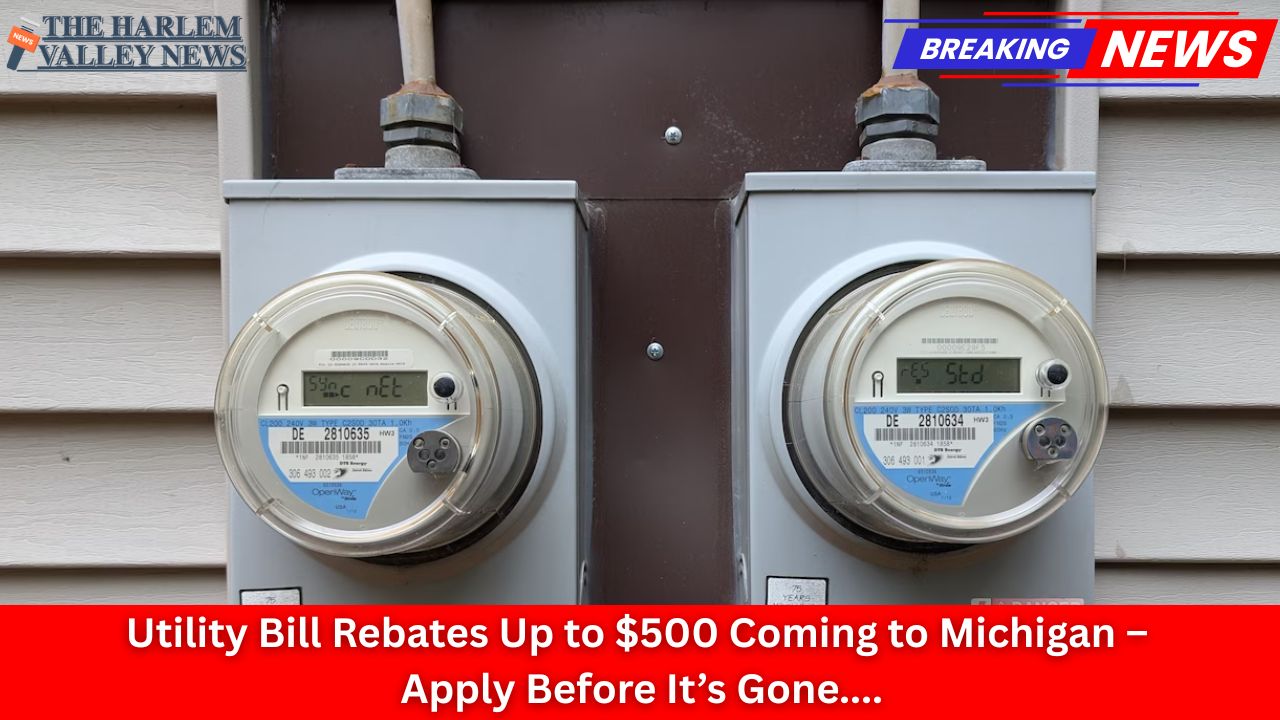Florida, US: Navigating the path to secure affordable housing through the Section 8 Housing Choice Voucher program can be a lengthy and challenging journey for many low-income renters. However, some cities and regions across the United States offer shorter waitlists, providing quicker access to vital housing assistance. Understanding where these opportunities exist and how to optimize your application process is key to getting Section 8 faster.
What Is Section 8?
Section 8 is a federally funded program that helps eligible low-income families, the elderly, and the disabled afford decent, safe, and sanitary housing in the private market. The program administers vouchers that subsidize a portion of rental costs, with recipients paying a share based on their income.
Why Waitlists Vary
Section 8 waitlists vary widely by location due to differences in funding, available housing stock, demand, and the policies set by individual Public Housing Authorities (PHAs) that manage the program locally. Urban areas with high demand often have long or even closed waitlists, while some smaller cities or rural counties maintain shorter or occasionally open waitlists.
Cities with the Shortest Section 8 Waitlists
Certain cities are known to have notably shorter wait times, sometimes ranging from a few months to just over a year.
-
Florida leads with several cities offering shorter waits. For example, Avon Park has an estimated wait of about 3 to 6 months, Fort Myers around 8 months, and Fort Walton Beach about 10 months.
-
Wyoming also stands out as having some of the shortest statewide wait times, averaging approximately 8 to 12 months.
-
Other states such as Nebraska, Iowa, South Dakota, Oklahoma, and Kansas report relatively short waits, often around 8 to 10 months.
Conversely, some large urban areas experience extremely long waits. For instance, New York City’s average wait can be over 4 years, while the District of Columbia has reported waits exceeding 15 years in some cases, due to overwhelming demand and limited housing stock.
How to Get Section 8 Faster
-
Apply in Cities with Shorter Waitlists: Target your applications to cities or counties known for having shorter waits. Smaller cities and less densely populated areas often have less competition for vouchers.
-
Contact Multiple PHAs: Since Section 8 programs are managed at the local level, consider applying to multiple PHAs in neighboring cities or counties to increase your chances.
-
Stay Informed About Waitlist Openings: Waitlists open sporadically and often close quickly once filled. Frequent monitoring of PHA websites or affordable housing resources can alert you to open application periods, such as recent openings in cities like Atlanta, Cleveland, Phoenix, San Antonio, and Fresno.
-
Prepare Documentation in Advance: Have all necessary paperwork ready before applying, including proof of income, identification, family composition, and any relevant documentation to avoid delays.
-
Explore Emergency and Priority Preferences: Some PHAs prioritize applicants who are homeless, disabled, or victims of domestic violence, which can speed up placement.
-
Be Persistent and Follow Up: Stay in regular contact with PHAs to confirm receipt of applications and any status updates.
What to Expect After Applying
Once placed on a waitlist, applicants may wait from several months to several years before receiving a voucher, depending on location and funding. After receiving a voucher, tenants must find a landlord who accepts Section 8, pass housing inspections, and sign a lease within a limited timeframe to activate their assistance.
Final Thoughts
While the demand for Section 8 housing remains high nationwide, strategically applying to cities with shorter waitlists, staying prepared, and following PHA guidance can accelerate your access to affordable housing. Places like certain Florida cities and states with less dense populations offer more promising opportunities to receive Section 8 assistance more quickly.
If you’re in urgent need, contact your local housing authority for the most current information and any emergency housing options they may provide. Persistence and flexibility in considering multiple locations remain crucial steps toward securing housing assistance through Section 8.














Leave a Reply